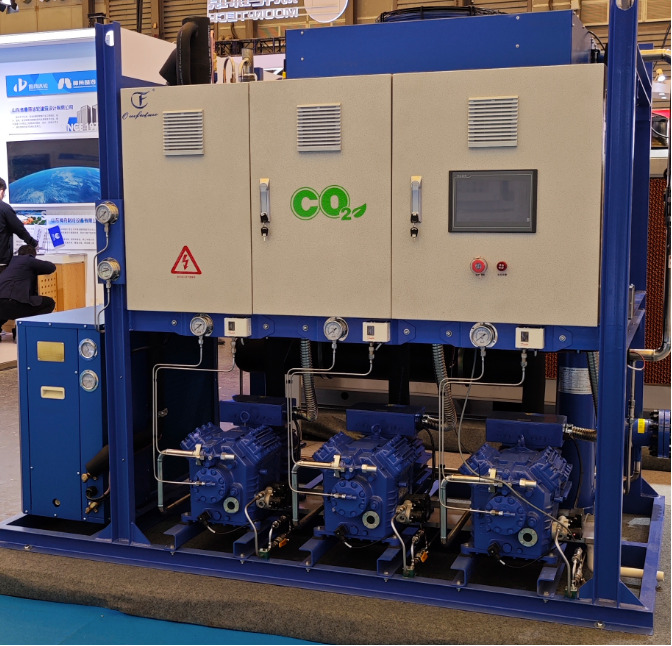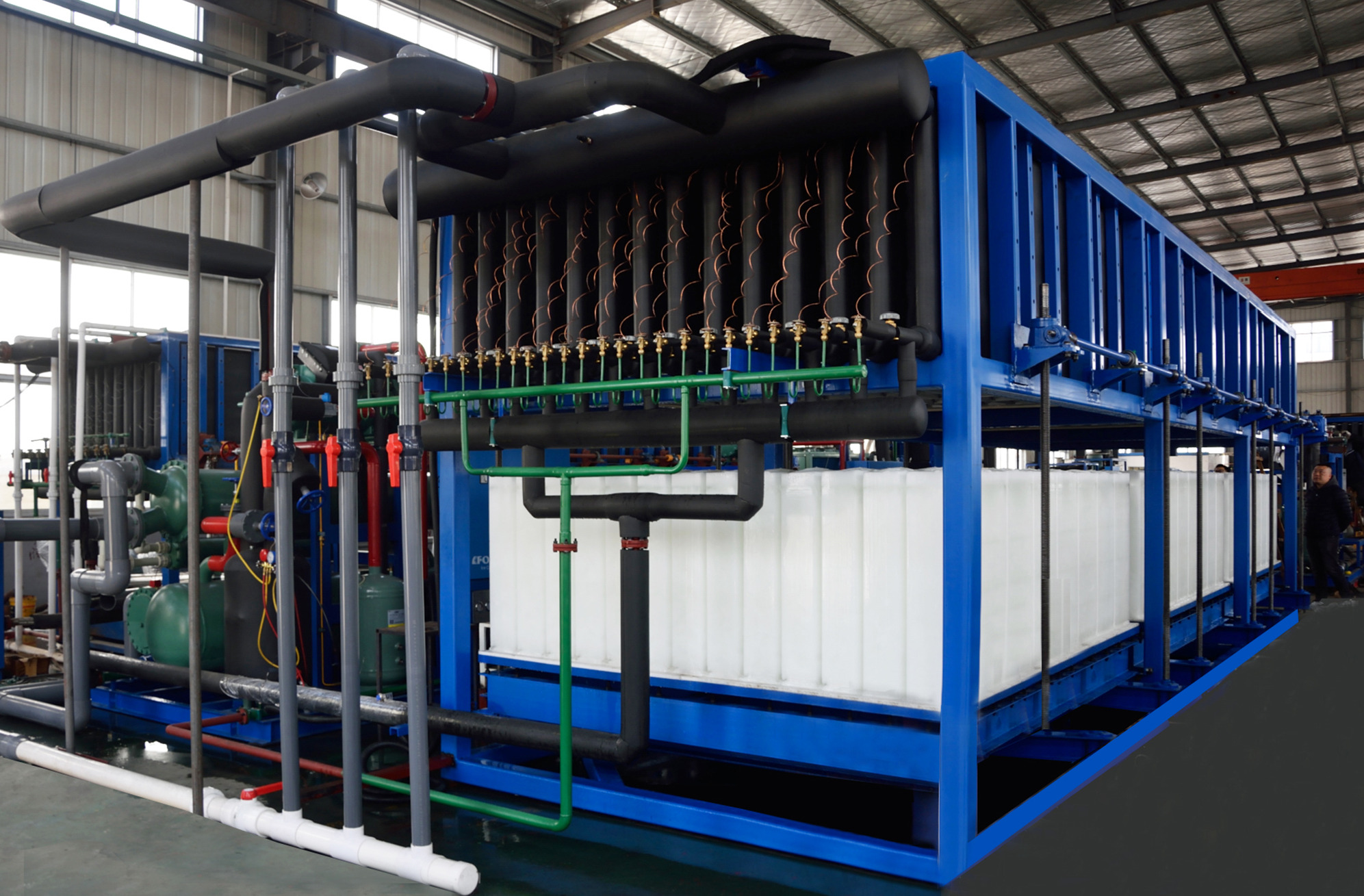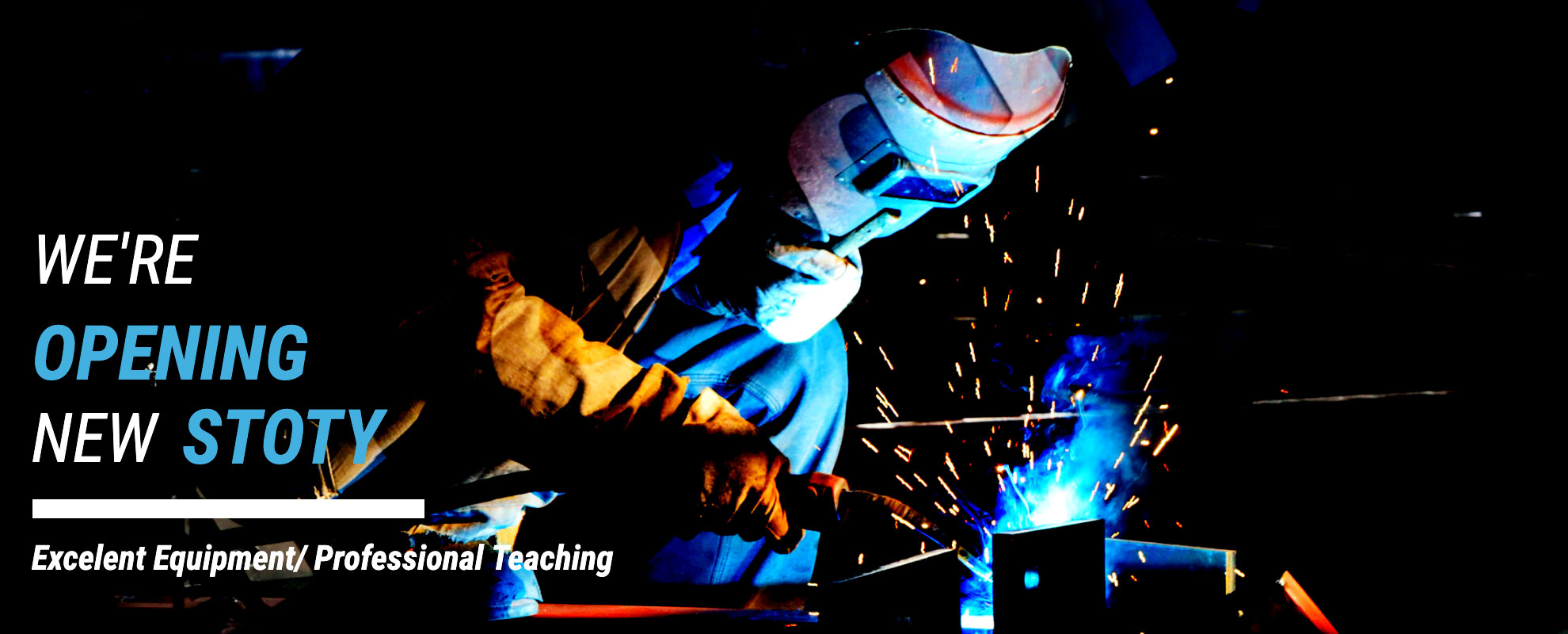The refrigeration industry is undergoing a profound transformation as the world accelerates its efforts to combat climate change. Traditional refrigerants such as hydrofluorocarbons (HFCs), although effective in cooling performance, are known for their high global warming potential (GWP). In response, policymakers, industry leaders, and standardization organizations are working together to promote low-carbon refrigeration technologies. Among the alternatives, carbon dioxide (CO₂, R744) refrigeration systems have emerged as one of the most promising solutions. This article explores the progress of international standardization for low-carbon refrigeration technologies, with a particular focus on CO₂ systems and their role in shaping a sustainable future.

The Global Push for Low-Carbon Refrigeration
The refrigeration sector accounts for a significant portion of global greenhouse gas emissions. According to the International Energy Agency (IEA), cooling represents nearly 20% of global electricity consumption, and the use of high-GWP refrigerants further amplifies the environmental impact.
In response, international frameworks such as the Montreal Protocol and its Kigali Amendment have provided clear direction for the phasedown of HFCs. These agreements have created a global consensus: the future of refrigeration must be low-carbon, energy-efficient, and environmentally sustainable.
As a result, standardization bodies including the International Organization for Standardization (ISO), the International Electrotechnical Commission (IEC), and various regional organizations are actively working to establish harmonized technical standards. These standards aim to ensure safety, reliability, and interoperability of new refrigeration systems, while also facilitating global trade and technology adoption.
Key Principles of International Standardization
The standardization of low-carbon refrigeration technologies is guided by several key principles:
-
Environmental Sustainability
Standards must align with international climate goals, ensuring that equipment reduces greenhouse gas emissions both directly (through low-GWP refrigerants) and indirectly (through energy efficiency). -
Safety and Compliance
Many low-carbon refrigerants, such as hydrocarbons (flammable) or ammonia (toxic), present safety challenges. Standards establish strict requirements for handling, installation, and operation. -
Interoperability and Global Trade
Harmonized standards allow manufacturers to design products that can be adopted across multiple regions without costly redesigns, accelerating innovation and reducing market barriers. -
Performance and Efficiency
Efficiency benchmarks are critical to maximizing the environmental benefits of low-carbon technologies. Standards provide testing methodologies to ensure consistent performance evaluations worldwide.

Standardization Efforts for CO₂ Refrigeration
The global adoption of CO₂ refrigeration systems has been strongly influenced by the development of international standards. Some key milestones include:
-
ISO Standards
-
ISO 5149: Safety and environmental requirements for refrigerating systems and heat pumps, covering design, construction, testing, and operation.
-
ISO 23953: Specifies test conditions and energy efficiency requirements for refrigerated display cabinets, where CO₂ systems are widely used.
-
-
IEC Standards
-
IEC 60335-2-89: Sets safety requirements for commercial refrigeration appliances, including maximum allowable charge sizes for natural refrigerants such as CO₂.
-
IEC 60079: Provides standards for electrical equipment in hazardous environments, relevant for systems using flammable refrigerants but indirectly supportive of CO₂ adoption by comparison.
-
-
Regional Regulations and Standards
-
European Union (F-Gas Regulation): Strongly supports CO₂ systems by restricting high-GWP refrigerants.
-
ASHRAE (U.S.): Provides design standards and testing methods for refrigeration equipment, increasingly referencing CO₂ systems.
-
Japan: A pioneer in CO₂ heat pump water heaters (EcoCute systems), supported by government policies and local standards.
-
These harmonized standards not only guarantee safety and reliability but also accelerate the commercialization of CO₂ systems on a global scale.
Challenges in Standardization
Despite progress, several challenges remain in the standardization of low-carbon refrigeration technologies:
-
Technical Complexity: CO₂ systems operate at much higher pressures than traditional refrigerants, requiring specialized components and rigorous safety standards.
-
Climate Adaptability: Transcritical CO₂ systems may face efficiency losses in hot climates, prompting the need for continuous technological innovation and updated performance standards.
-
Regulatory Divergence: Different regions sometimes adopt conflicting requirements, creating barriers for global manufacturers. Harmonization remains a work in progress.
-
Training and Workforce Skills: Standards must also address education and certification, ensuring that technicians are qualified to handle new technologies.
The Road Ahead
The standardization of low-carbon refrigeration technologies is not only a technical process but also a global collaboration. CO₂ refrigeration systems are already proving their value in diverse applications, and with continued progress in standardization, their role will only grow.
Looking forward, we can expect:
-
Expanded Efficiency Standards: More detailed benchmarks tailored to specific applications such as cold chains, data centers, and ice sports facilities.
-
Integration with Renewable Energy: Standards that enable synergy between CO₂ systems and renewable power sources.
-
Lifecycle and Circular Economy Considerations: Guidelines for recycling, reuse, and end-of-life treatment of refrigeration equipment.
-
Global Harmonization: Increased cooperation among ISO, IEC, ASHRAE, and regional regulators to minimize discrepancies.
Conclusion
The transition to low-carbon refrigeration technologies is an essential step toward achieving global climate goals. International standardization provides the framework necessary to ensure safety, reliability, and widespread adoption. Among the various alternatives, CO₂ refrigeration systems stand out as a proven, scalable, and sustainable solution. With their ultra-low environmental impact and growing international recognition, CO₂ systems are poised to play a central role in the future of cooling.
As the international standardization process continues to evolve, it will serve as both a driver and safeguard, ensuring that low-carbon refrigeration technologies deliver on their promise of efficiency, sustainability, and resilience in a warming world.

